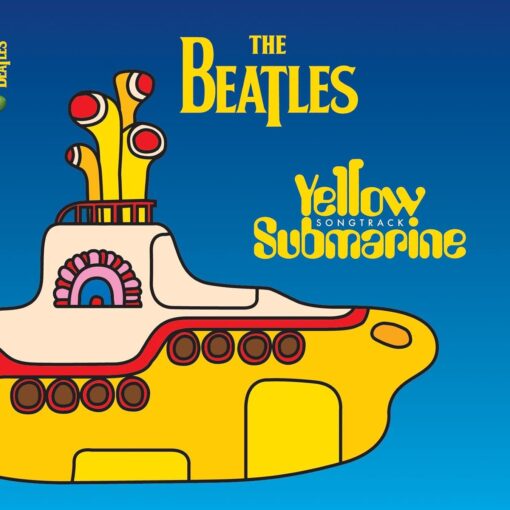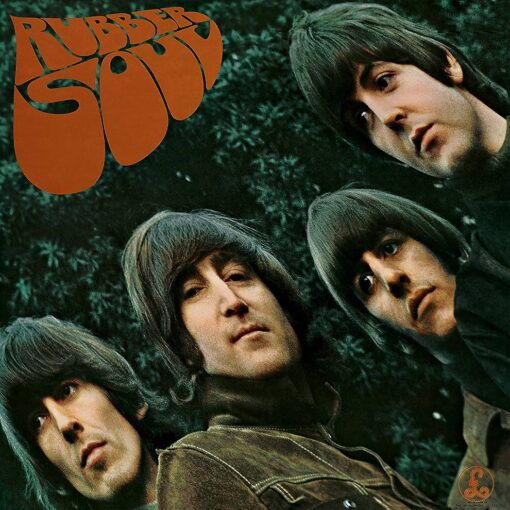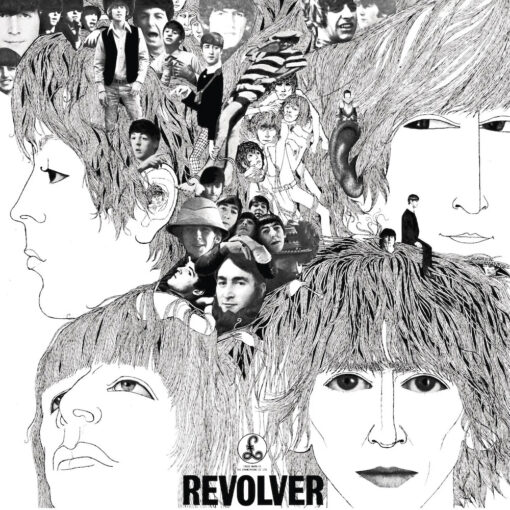- Published on 1968
- Author: Lennon/McCartney
- Track 6 on “The Beatles – White Album“
JOHN 1980: “Oh, that was written about a guy in Maharishi’s meditation camp who took a short break to go shoot a few poor tigers, and then come back to commune with God. There used to be a character called Jungle Jim, and I combined him with Buffalo Bill. It’s a sort of teenage social comment song, and a bit of a joke. Yoko’s on that one, I believe.”
PAUL circa-1994: “I remember John singing ‘Bungalow Bill’ in Rishikesh. This is another of his great songs and it’s one of my favorites to this day because it stands for alot of what I stand for now. ‘Did you really have to shoot that tiger’ is its message. ‘Aren’t you a big guy? Aren’t you a brave man?’ I think John put it very well.”
About “The Continuing Story of Bungalow Bill”
“The Continuing Story of Bungalow Bill” is a song by from 1968 album “The Beatles,” commonly known as the “White Album.” Released on November 22, 1968, it was primarily composed by John Lennon, though credited to the Lennon-McCartney songwriting partnership.
The track was recorded at EMI Studios (now Abbey Road Studios) in London during the summer of 1968. Musically, it exhibits a folk-rock style, featuring acoustic guitars, percussion, and harmonies..
Notable elements in the song include Yoko Ono’s voice in the chorus harmonies, which was somewhat controversial at the time but reflects the collaborative nature of the recording sessions during this period. Additionally, the song features a distinctive and catchy guitar riff played by John Lennon.
While “The Continuing Story of Bungalow Bill” may not be one of the Beatles’ most famous songs, it has a dedicated following among fans. It is recognized for its memorable melody and unique storytelling. Over the years, several artists have covered the song, although it’s not as frequently covered as some of the Beatles’ more well-known tracks.
In later years, John Lennon expressed mixed feelings about the song, feeling that it was somewhat of a throwaway track. Nonetheless, it remains an intriguing piece of Beatles history, offering a glimpse into their experiences during their time in India.
Meaning of “The Continuing Story of Bungalow Bill”
The song tells the story of an actual event that took place at the ashram of Maharishi Mahesh Yogi in Rishikesh, India, where the Beatles were undergoing advanced Transcendental Meditation training in 1968. The lyrics address an American man named Richard Cooke III, known as “Bungalow Bill” due to his family’s wealth and their ownership of a bungalow at the ashram.
The opening lines directly address Bungalow Bill, asking him what he killed during a tiger hunting expedition. This sets the stage for the narrative. The children at the ashram, including the Beatles, question the morality of killing, implying that it might be considered a sin.
Bungalow Bill’s mother intervenes, suggesting that she supports her son’s actions, possibly seeing them as a display of bravery. The line “If looks could kill, it would have been us instead of him” plays on the idiom “if looks could kill,” suggesting that if Bungalow Bill’s fierce appearance had real harmful power, it would have been directed towards them.
The refrain, “All the children sing,” emphasizes that this is a collective story, likely being narrated by the curious children at the ashram who witnessed or heard about Bungalow Bill’s hunting expedition.
Overall, the song serves as a satirical commentary on the clash of different ideologies and lifestyles. It contrasts the Beatles’ pursuit of spiritual growth and non-violence with the more conventional and aggressive behavior of someone like Bungalow Bill. It also raises ethical questions about hunting animals for sport. In essence, the lyrics offer a thought-provoking reflection on the complexities of human behavior and belief systems.
Personnel
The Beatles
- John Lennon – lead vocal, acoustic guitar, Hammond organ, Mellotron
- Paul McCartney – backing vocals, bass guitar
- George Harrison – backing vocals, acoustic guitar
- Ringo Starr – backing vocals, drums, tambourine
Other musicians
- Chris Thomas – Mellotron
- Yoko Ono – co-lead vocal, backing vocals
- Maureen Starkey (and others) – backing vocals



